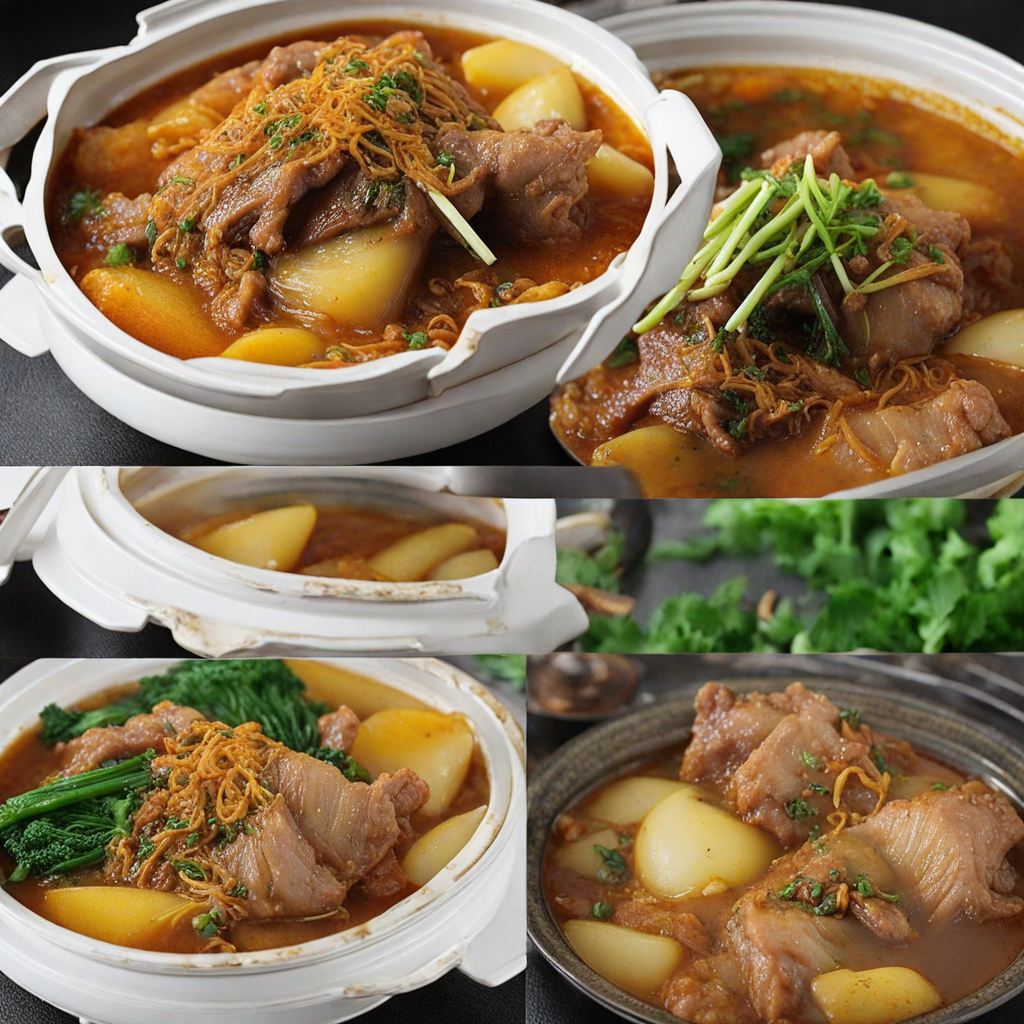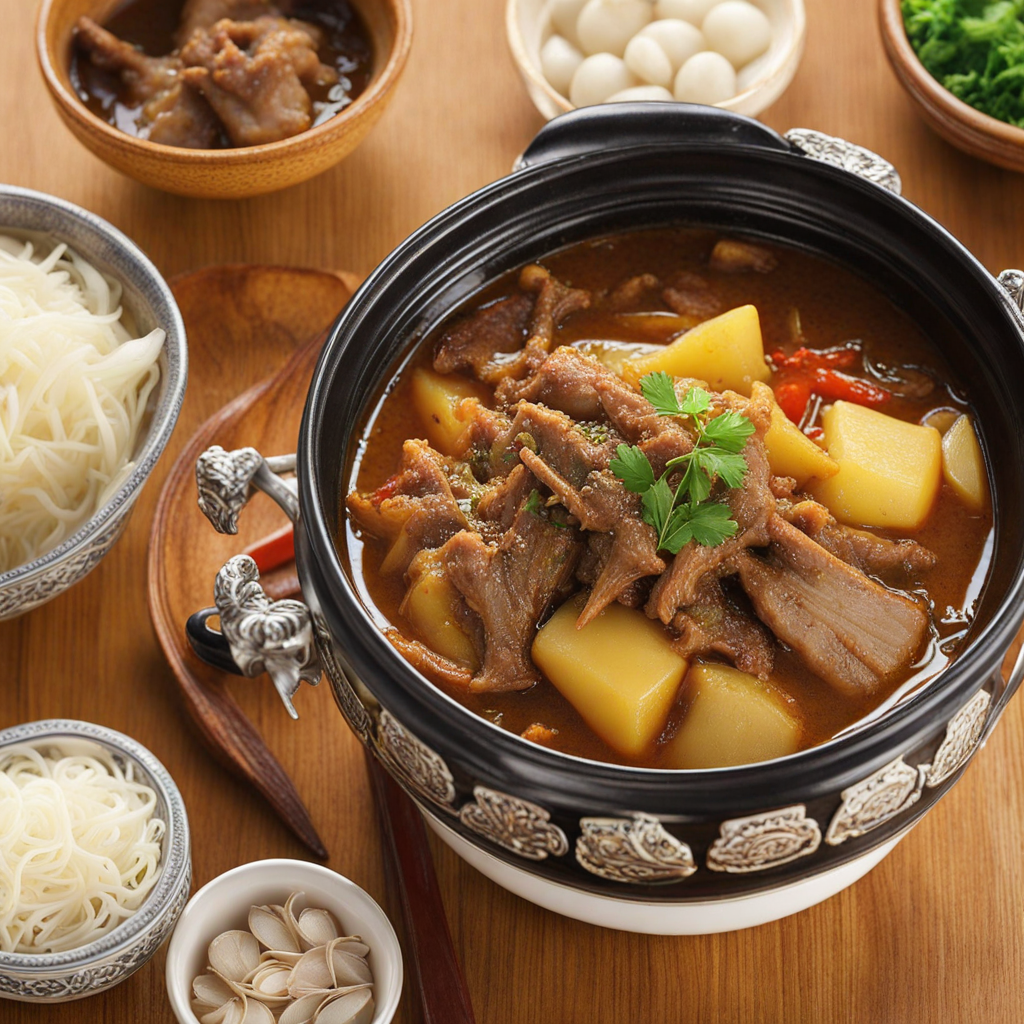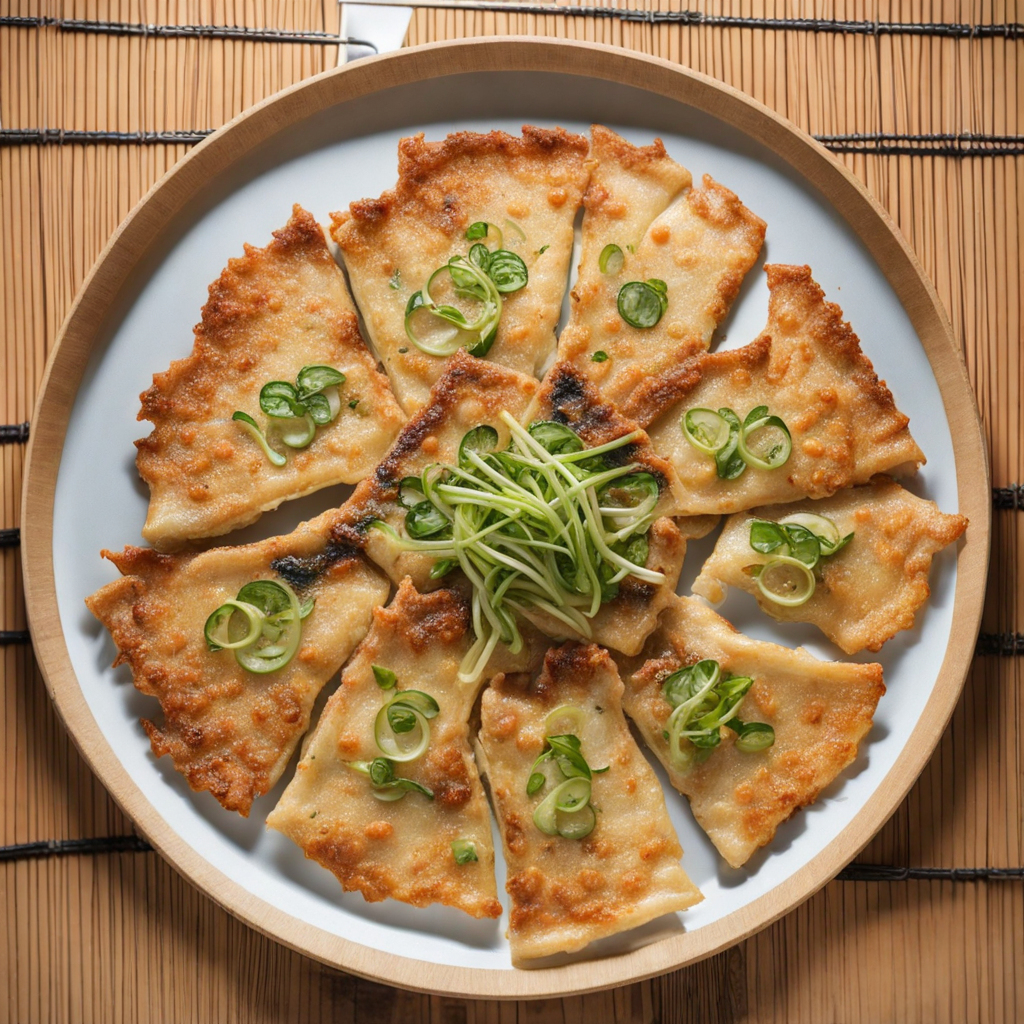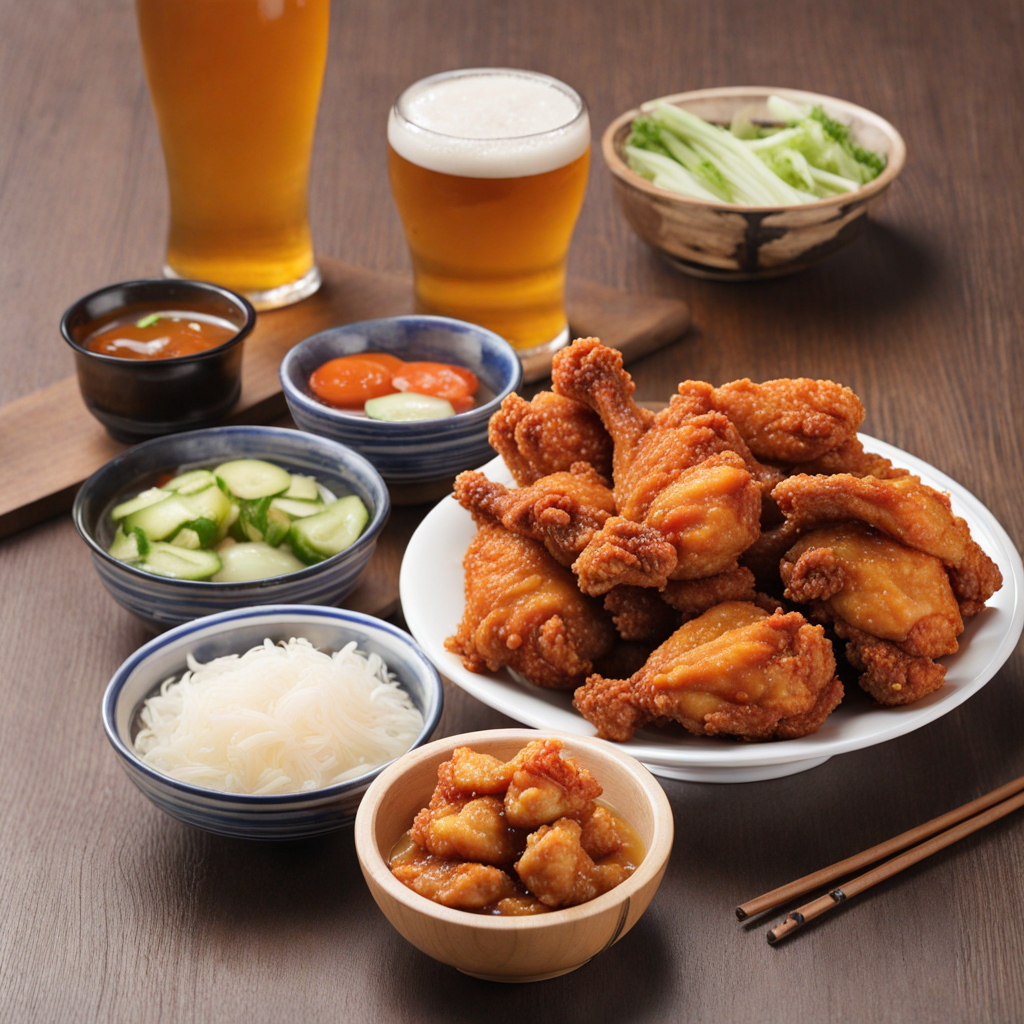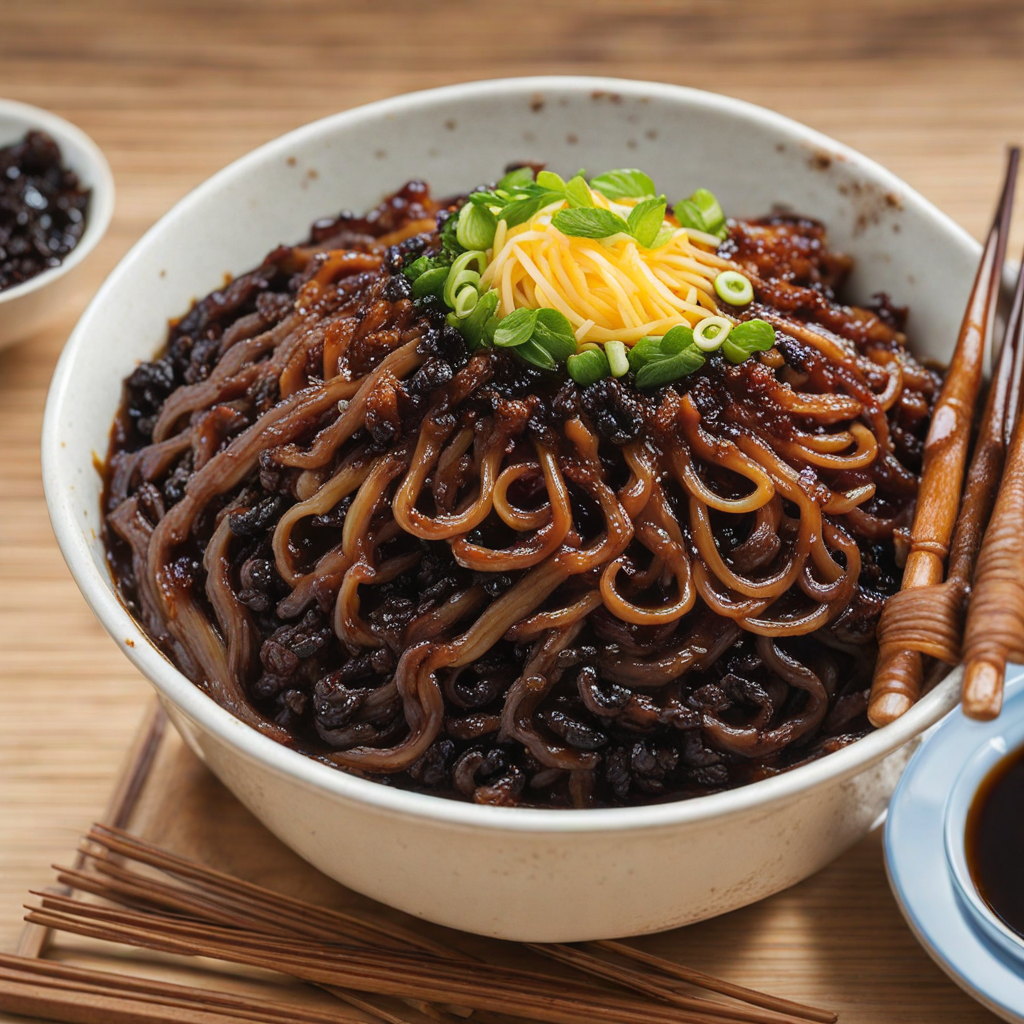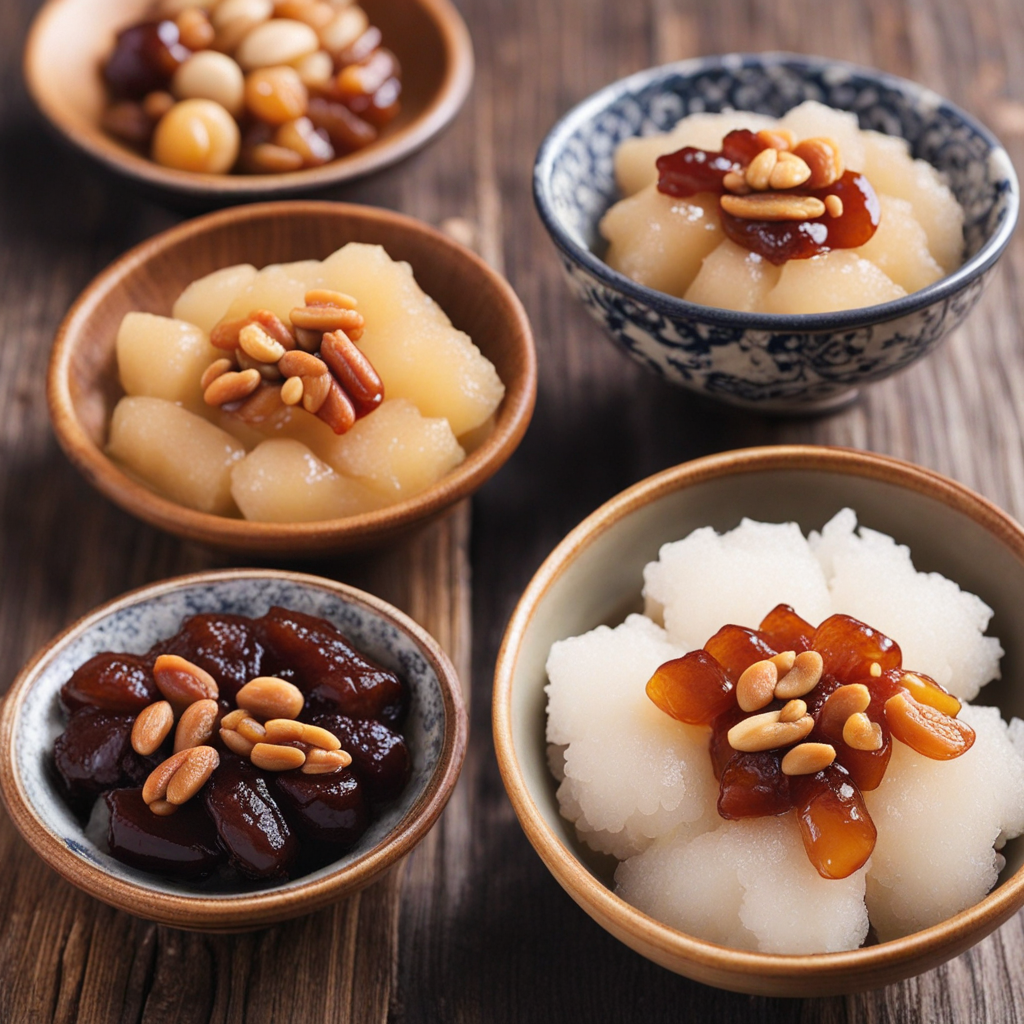Gamjatang
감자탕, pronounced "gamjatang," is a traditional Korean soup that has gained popularity both in South Korea and among international food enthusiasts. The name translates to "potato soup," but the dish is much more complex and hearty than the name suggests. It is primarily known for its rich flavor and nourishing qualities, making it a beloved comfort food. Historically, 감자탕 originated from the rural areas of Korea, where it was commonly enjoyed as a hearty meal by farmers and laborers. The dish was created as a way to utilize leftover pork bones, particularly from the neck and spine, which were simmered to extract flavor and nutrients. Over time, the recipe evolved, and 감자탕 became a staple in Korean cuisine, often served in restaurants specializing in traditional dishes. Today, it is commonly enjoyed during gatherings and celebrations, often accompanied by rice and side dishes. The flavor profile of 감자탕 is robust and savory, marked by a combination of spicy, earthy, and umami notes. The broth, which is the heart of the dish, is typically made by boiling pork bones for several hours, allowing the collagen to dissolve and create a rich, gelatinous consistency. The addition of gochugaru (Korean red chili flakes) lends a spicy kick, while garlic, ginger, and green onions contribute aromatic depth. The soup is further enhanced by sesame oil, which adds a nutty flavor, and fermented ingredients like doenjang (Korean soybean paste) or goch
How It Became This Dish
Origin of 감자탕 (Gamjatang) 감자탕, known as "potato soup," is a beloved Korean dish that has deep roots in the culinary traditions of South Korea. Its origin is often traced back to the early 20th century, particularly in the rural regions of the country. The name "gamjatang" derives from "gamja," meaning potato, and "tang," which translates to soup. However, the primary ingredient is not actually potatoes; rather, it is pork bones, often from the neck or spine, which are simmered for hours to create a rich, hearty broth. Potatoes are added as a secondary ingredient, contributing to the dish's texture and flavor. The history of gamjatang is intertwined with the agricultural practices of Korea. In the past, rural communities relied on available resources, and the practice of utilizing every part of an animal was a necessity. The dish is believed to have originated from the need to create a filling and nutrient-rich meal using inexpensive ingredients. It became particularly popular among laborers and farmers who required substantial nourishment to sustain their energy for demanding work. \n\n Cultural Significance Over the years, gamjatang has evolved from a humble working-class meal to a dish celebrated in restaurants across South Korea. It holds significant cultural importance, often symbolizing warmth, comfort, and community. Traditionally, it is enjoyed during family gatherings, celebrations, and even during the colder months, where its spicy and hearty nature provides a sense of comfort. Gamjatang is often accompanied by various side dishes (banchan), such as kimchi, pickled vegetables, and rice, creating a complete and satisfying meal. The communal aspect of sharing a large pot of gamjatang among family and friends emphasizes the values of togetherness and hospitality, which are central to Korean culture. In recent years, gamjatang has gained recognition beyond South Korea, becoming a popular dish among the Korean diaspora and in international Korean restaurants. Its unique flavors and hearty nature have made it a sought-after comfort food, allowing it to cross cultural boundaries and introduce more people to Korean culinary traditions. \n\n Ingredients and Preparation The preparation of gamjatang usually involves a few key ingredients: pork neck bones, potatoes, perilla leaves, and a variety of seasonings, including Korean red pepper flakes (gochugaru), garlic, and green onions. The process begins with boiling the pork bones to extract their flavors, followed by simmering them with water and additional ingredients for several hours. The dish is characterized by its rich, savory broth, which is both spicy and aromatic. In addition to the traditional ingredients, many variations of gamjatang have emerged, incorporating regional specialties and seasonal produce. Some recipes may include vegetables such as cabbage or mushrooms, while others may opt for different types of meat, reflecting the diverse tastes and preferences found throughout Korea. Each family may have its own secret recipe, passed down through generations, which adds a personal touch to the dish. \n\n Regional Variations Gamjatang is not a one-size-fits-all dish; various regions in South Korea have developed their own interpretations of this classic soup. One notable variation can be found in the city of Busan, where the use of seafood, particularly clams or shrimp, is more prevalent in some recipes, creating a unique twist on the traditional pork-based version. In contrast, in the mountainous regions of Gangwon-do, locals often incorporate wild vegetables and herbs that are foraged from the surrounding landscape, adding a distinct flavor profile that reflects the region's natural bounty. These regional differences highlight the adaptability of gamjatang and its ability to embrace local ingredients and culinary practices. \n\n Modern-Day Gamjatang In contemporary South Korea, gamjatang has secured its place as a staple in both casual dining establishments and high-end restaurants. It is commonly found on menus of specialized gamjatang houses, which focus exclusively on this dish, elevating it to gourmet status with innovative presentations and flavors. The rise of food culture in South Korea has also led to gamjatang being featured in various television shows and culinary competitions, further popularizing the dish. Social media has played a significant role in creating a buzz around gamjatang, with food enthusiasts sharing their experiences and recipes online, contributing to its growing global popularity. Furthermore, the dish has adapted to modern eating habits, with many restaurants offering healthier versions by reducing the fat content or incorporating more vegetables. This evolution reflects a broader trend in South Korean cuisine, where traditional dishes are often reimagined to meet contemporary tastes and dietary preferences. \n\n Conclusion Gamjatang is more than just a dish; it is a reflection of Korean culture, history, and community. Its journey from a simple, nourishing meal for laborers to a celebrated culinary icon illustrates the resilience and adaptability of Korean cuisine. As it continues to evolve, gamjatang remains a beloved favorite, cherished by both locals and those discovering the rich tapestry of Korean food for the first time. Whether enjoyed at a bustling restaurant or prepared at home, gamjatang embodies the spirit of comfort, warmth, and shared experiences that are at the heart of Korean dining culture.
You may like
Discover local flavors from South Korea


